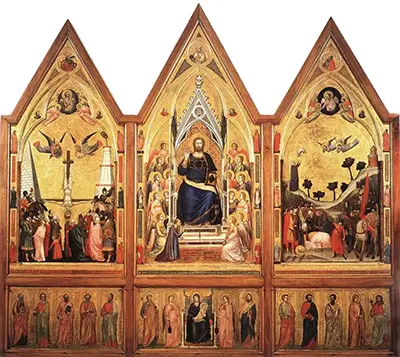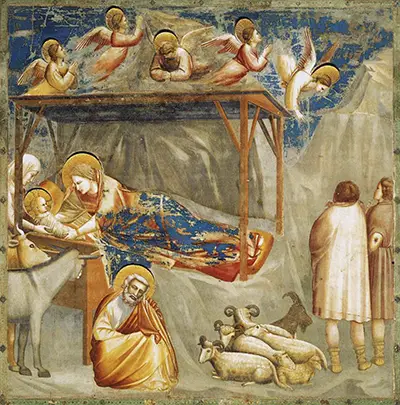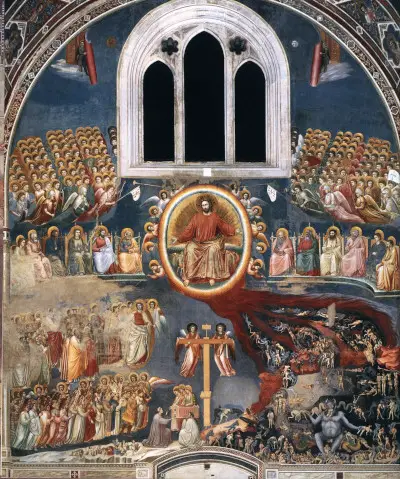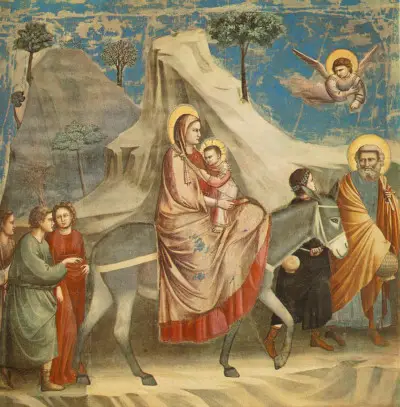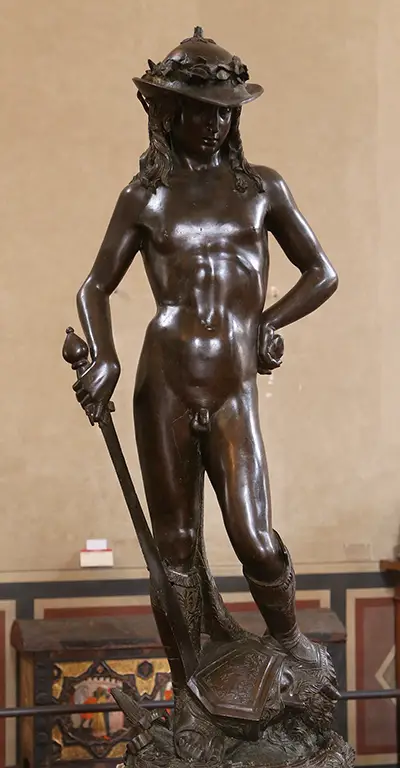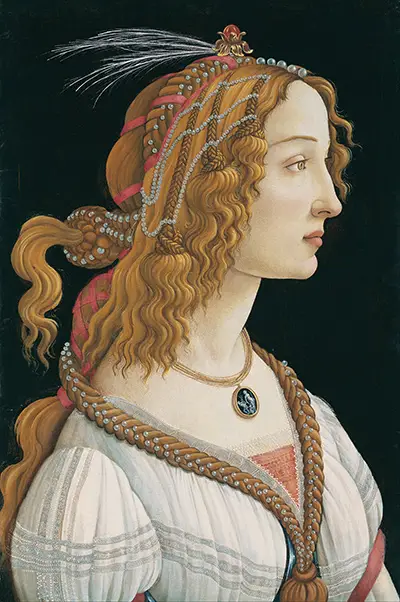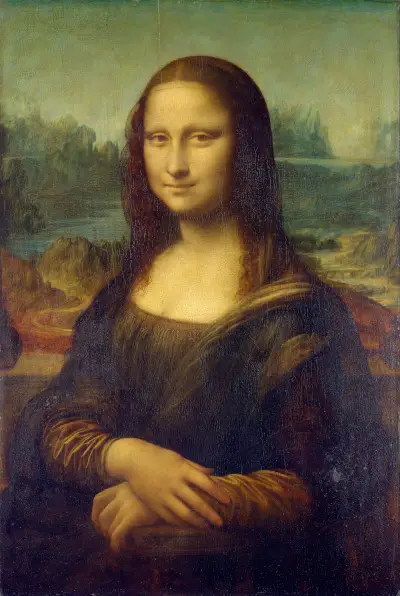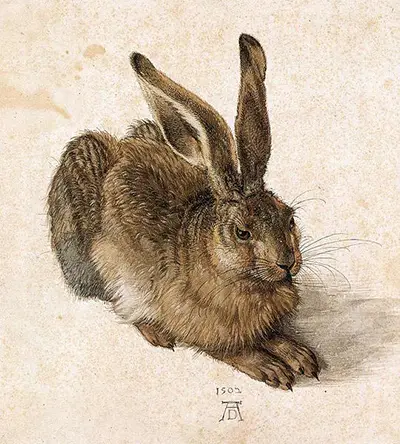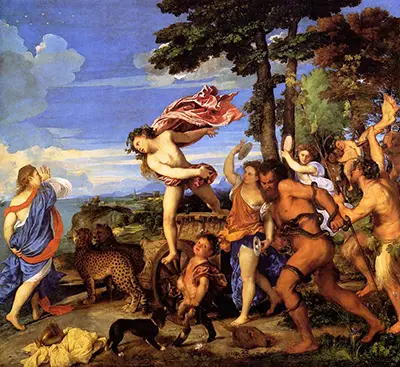Confirmation of the Rule was part of Giotto di Bondone’s work within the Upper Church of San Francesco in Assisi.
The Legend of Saint Francis
The church was decorated with twenty eight scenes celebrating Saint Francis and the vast majority of those were completed by Giotto himself. At the time this was perhaps his most significant project, only later being surpassed by his frescoes for the Scrovegni Chapel in Padua.
Description of the Fresco
Confirmation of the Rule features a large amount of detail, as Giotto takes advantage of the large area available for each of his works within this church. Indeed, this piece alone stands at 270 cm by 230 cm and it was important for each artwork to be sized correctly so that the overall series fitted together correctly.
Within the painting we find two main groups of people who are faced directly opposite each other. To the left, this group is kneeling down, seemingly in prayer or pleading for something. They are dressed modestly and seemingly are subordinate to those on the right hand side. One figure also looks on whilst seated, perhaps suggesting a superior status.
Across the background there is much to appreciate too. A patterned wall runs across the back, whilst above there are ornate arches and other architectural touches which provide a beautiful backdrop to the main content below. There is also a clever use of perspective, noticeably more advanced than most European artists were at this stage, and this remains one of Giotto’s biggest contributions to the evolution of art.
Context Explained
The seated figure is actually Pope Innocent III. and he blesses the founder of the new Franciscan order. The supporting figures are therefore fellow members of the order, who are there to support their leader, as well as other members of the Church who carry out proceedings whilst the Pope looks on.
The founder and leader of the order is represented by Giotto in a number of ways. Firstly, he is positioned closer to the Pope, with a small gap between himself and the other members of the order. He is also given a halo in gold around his face, which was typical of the artist. His arms are outstretched, whereas the others are in a prayer posture. His figure is also slightly thicker in form, again separating him visually from the other members.
Three decades later, Giotto would create another version of the Confirmation of the Rule at the Bardi Chapel, Santa Croce, Florence, Within that version there are fewer figures and the overall layout is far more formulaic and organized. Giotto himself was regularly tasked with re-visiting topics, mainly due to his concentration on religious art throughout his career, as well as where some donors would appreciate his previous efforts and urge him to re-create items again.
Conclusion
Giotto di Bondone’s work within the Upper Church of San Francesco in Assisi came towards the end of the 13th century and led beautifully to his time in the Scrovegni Chapel which followed on shortly afterwards. Confirmation of the Rule was an important episode in the life of Saint Francis and was a natural choice for inclusion within the twenty eight panel series.
More Renaissance Artists




 Giotto.jpg)
 Giotto.jpg)
